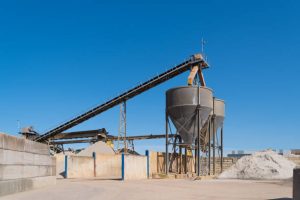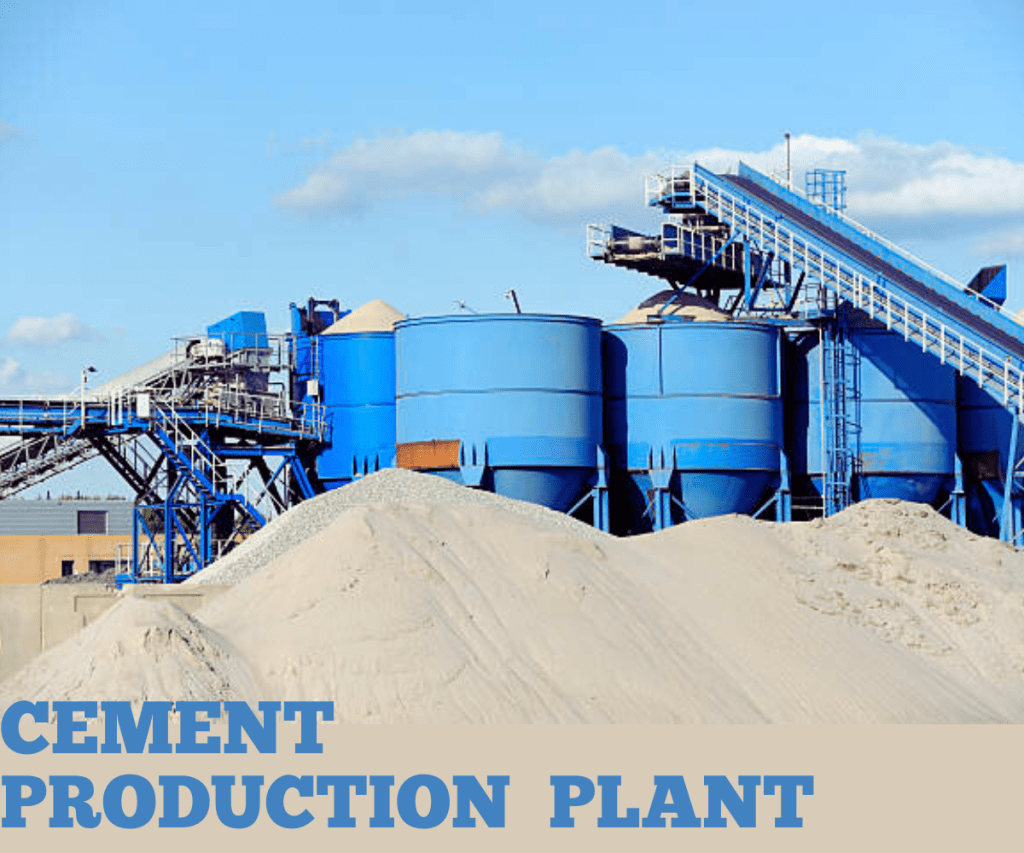An article that reveals how cement production contributes to air pollution. Its causes, and possible solutions for the nearest future.
Air pollution is one of the biggest environmental concerns of the entire world today.
Triggered and compounded by human activities most usually due to industrialisation that emits alarming tons of fossil fuels into the atmosphere.
While air pollution ontributes to a wide variety of adverse health effects, cement production is a large factor that boost this menace and pose a hazard to both human health and the environment as well as air quality around us.
In addition to being one of the most air polluting industries, cement industries our energy-intensive and also involves processing of raw materials that contain nitrogen and sulfur as the primary energy source.
These and more is what this article seeks to reveal and proffer possible solutions to.
How Cement Production Contributes to Air Pollution

With the increase in the use of cement to construct and erect structures, the demand have exponentially increased and there is yet an expected increase in demand and production of cement in the coming years.
This also implies the accompanied increase in the emissions of air pollutants and some toxic emissions including greenhouse gas (GHG) emissions.
In many countries, cement plants are located in rural communities, which are closer to low-income, and incapacitated communities.
Which exposes them as firsthand victims of the air pollutants arising from processes and fossil fuel emissions from this cement plants.
Impacts of Air Pollution on Health
According to the U.S. Environmental Protection Agency (EPA), exposure to air pollutants can cause a number of health effects, most of which are respiratory related. Such as:
- Inflammation of the lining of the lungs
- Lung function growth reduction
- Increased susceptibility to respiratory infection
- Premature mortality and aggravation of cardiovascular disease
- Neurodevelopmental effects such as lowered IQ and behavioral problems
- Progression of allergic symptoms,
- Reduction in the blood capacity to circulate oxygen effectively.
Impacts of Cement Production on the Environment
The cement industry is responsible for approximately 7% of global carbon dioxide emissions, and it also produces a range of other pollutants, and specific matter.
These pollutants can have a significant impact on human health and the environment.
Cement have two major environmental impact of cement production and also contributes to climate change that cause acid rain, smog, etc.
Cement production also pollutes water because it requires a large amount of water.
This water may get contaminated with pollutants during cement manufacturing process, and can also deplete from local water resources.
The Challenges of the Cement Industry Today
Due to many complaints and awareness of the cement industry’s contribution to air pollution.
The industry is faced with several challenges on the need to employ new and safer technologies to reduce emissions in order to combat climate change.
The industry is also challenged with the need to find new sources of raw materials like fly ash instead of limestone to manufacture with.
Possible Solutions in Cement Production to Reduce Air Pollution
Cement production part in Air pollution can be significantly reduced through the improvements in efficiency of fuel use and lowering of criteria air pollutants.
The health risk and quality of life of the communities can be mitigated especially for communities located close to these plants.
These include:
Switching to cleaner fuels: Through the use of cleaner fuels like gas or biomass the cement industry can reduce its emissions.
Improving efficiency: They can also reduce its emissions by improving its efficiency, through the use of more efficient kilns and reduction in the amount of energy used in the manufacturing process.
Developing new technologies: The cement industry can develope new technologies to help reduce its environmental impact.
Technologies such as carbon capture and storage, which could help to capture and store the carbondioxide emissions from cement production.
Conclusion
In knowing how cement production contributes to air pollution, the use of several new and improved strategies like using cleaner fuels, efficiency, developing new technologies and finding new sources of raw materials.
With these, cement production can become more sustainable and less harmful to the environment and human health at large.
